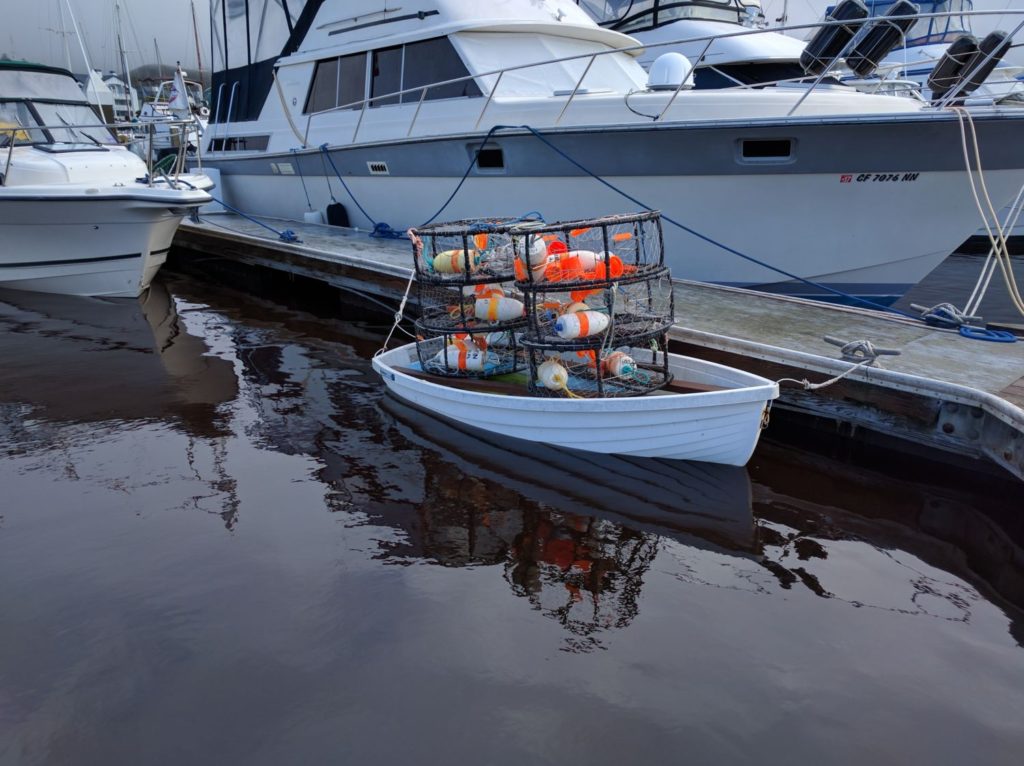Will the Red Tide Cancel Commercial Crab Fishing, Again.
The Red Tide came late Friday October 29th at Pillar Point, making recreational fishermen a bit anxious knowing that for that the Dungeness Crab season 2016-17 is supposed to open the first weekend of November.
With a crab tested toxic in Bodega Bay and the Red Tide not going away, the 2016 season might have the same bad start as last year…
“The so-called “red tide” bloom doesn’t pose a health risk to people who eat commercially caught fish, according to experts. But the Washington Department of Fish and Wildlife has shut down all crab fishing in its waters, and authorities in Oregon have closed that state’s coast to digging for clams.
Such halts will likely have no significant impact on commercial fisherman, who have moved on to harvesting other species. But crabs or clams caught and eaten by recreational fishers pose a significant health risk, possibly causing seizures or even death.
Blooms are common, but some of the data suggest the current one may be the biggest in at least a decade. Scientists are concerned about domoic acid, a compound produced by a species of algae that can cause a variety of harmful symptoms.” Says the CNBC news article.
But what is Red Tide? Red Tide is caused by a “population explosion” of toxic, naturally occurring microscopic plankton (specifically, a subgroup known as dinoflagellates). “Blooms” of the poison-producing plankton are coastal phenomena caused by environmental conditions that promote explosive growth. Factors that are especially favorable include warm surface temperatures, high nutrient content, low salinity, and calm seas. Rain followed by sunny weather in the summer months is often associated with red tide blooms. Organisms that cause theses blooms around the United States are as follows:
- Alexandrium catenella, on the Pacific West Coast from California to Alaska
- Alexandrium fundyense, along the Northeast Atlantic coast, ranging from the Canadian Maritimes to Southern New England
- Karonia brevis, in the Gulf of Mexico along the West Florida coast

